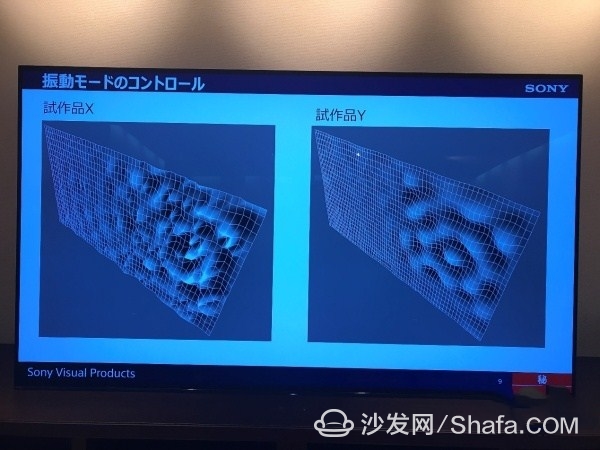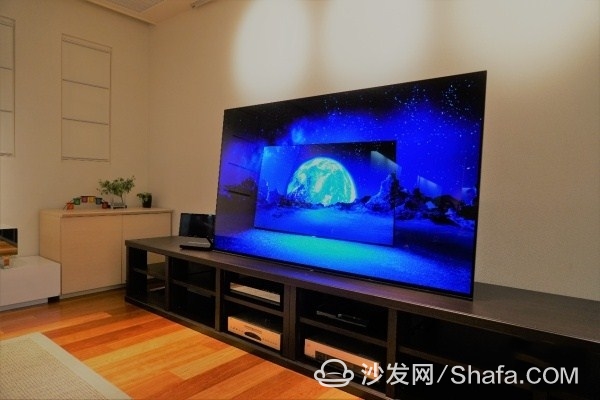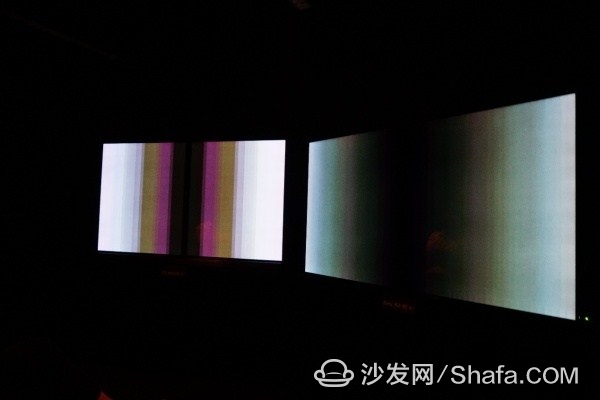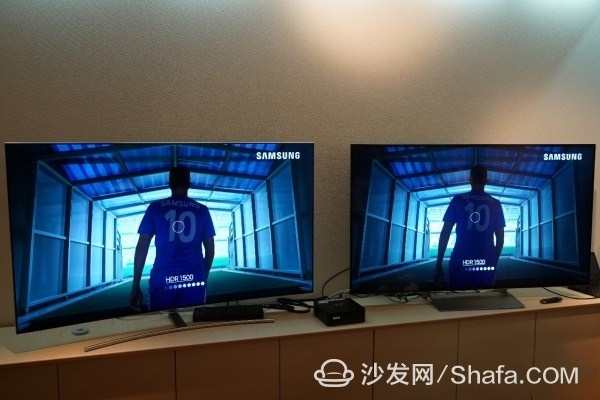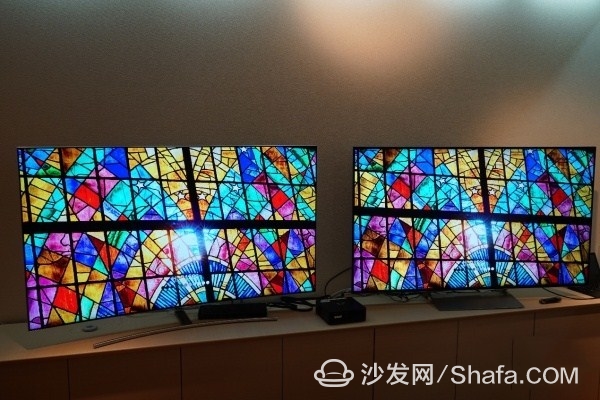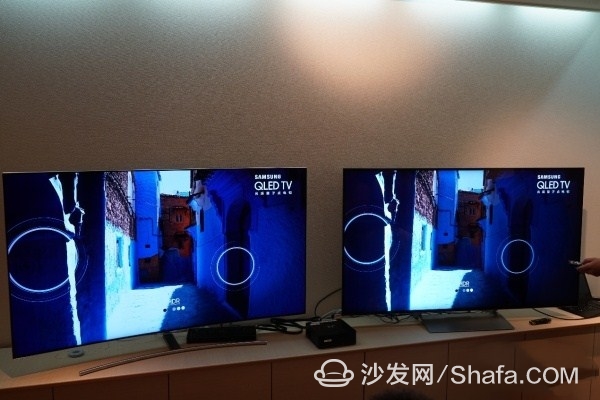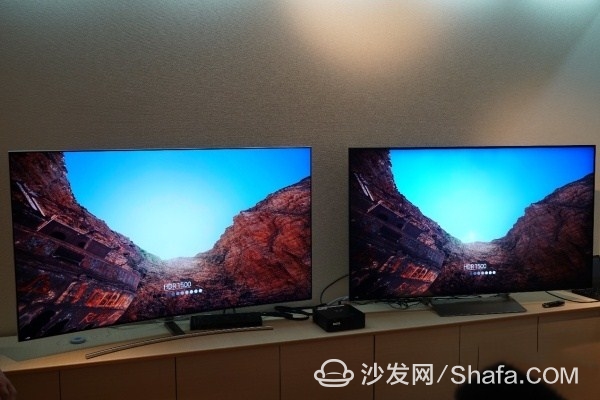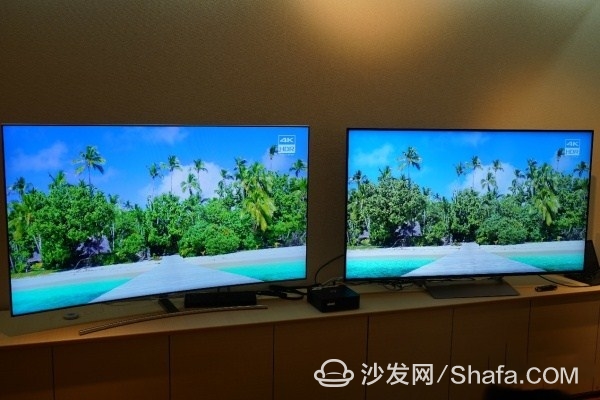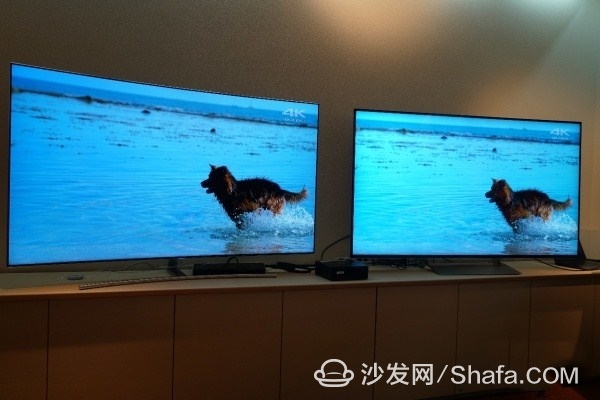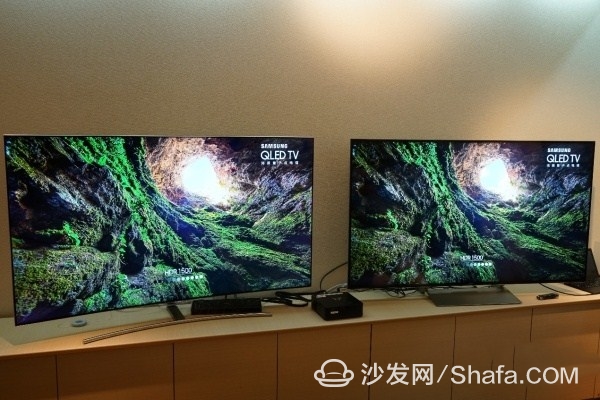Back in 2017, I mentioned how Sony’s A1 OLED model stood out as a standout in the television industry. When CES 2017 rolled around in Las Vegas, it garnered significant media attention. Not long after, it received the prestigious "Best of the Best" award from the Red Dot Design Awards. Despite being on the market for just a week, the 77-inch A1 OLED caught the eye of tech enthusiasts. Reports suggest that Wang Sicong personally invested in a 100-inch Z9D, while Hao reportedly spent 150,000 yuan on the new A1 OLED for the IG esports team. In its first six months on the market, the A1 OLED captured over 30% of China's OLED TV market share. Given its price point—twice the average selling price of comparable models—it was a remarkable achievement.
A1 product designer
Warren Buffett once said, “Be fearful when others are greedy and greedy when others are fearful.†While this isn’t meant to imply Sony is greedy, it’s clear that this year’s Chinese TV market has been rife with fear: sales in the color TV market dropped nearly 10 percentage points year-over-year. Meanwhile, Sony TV sales rose by 30 percentage points. Sony recognizes that Chinese consumers are increasingly drawn to larger screens, with 65-inch TVs no longer meeting their expectations. Instead, they’re looking for 75-77 inch displays that better suit their needs. Sony has managed to thrive in this premium market segment, thanks largely to the A1 OLED’s technological excellence and its unparalleled sound and picture quality.
At Sony Japan’s headquarters in Tokyo, we were shown the first commercial OLED display, the XEL-1, which debuted back in 2007. This marked Sony’s long-term commitment to exploring OLED technology. With its independent stand design and OLED panels, the XEL-1 cost $2,500 at launch, roughly equivalent to the price of a current 65X9300E. The designer behind the A1 OLED was none other than Hiroaki Yokota, head of Sony’s Creative Center.
After learning about the A1’s design philosophy, Sony expressed immense satisfaction, stating that the "unity of sound and picture, totally natural" has always been their ultimate goal. One of the biggest challenges during the design phase was dealing with sound processing. Since the A1 needed to be placed directly on a desk or the floor, traditional sound reflection techniques wouldn’t work. Fortunately, Sony’s newly developed "Acoustic Surface" technology solved this problem. Another challenge was managing the self-luminous nature of OLEDs, which can generate more heat and require thicker screens, potentially affecting picture quality. These issues were ingeniously resolved by placing components like circuit boards and subwoofers within the frame.
Stability was another crucial factor, particularly for such large, thin TVs. Sony addressed this by improving the stability of the screen using brackets behind the display, balancing functionality, aesthetics, and reliability. This groundbreaking design approach contributed to its positive market reception.
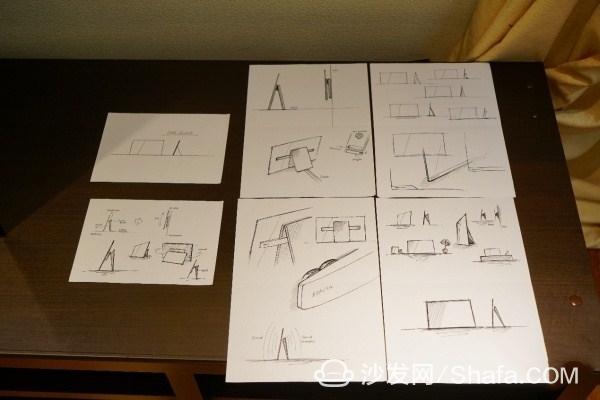
A1 design sketches
Sony had envisioned this type of design concept years ago, but it wasn’t until OLED and Acoustic Surface technology became available that they could turn this vision into reality. Sony began researching the technical principles of the screen sound field as early as the XEL-1. Over the years, this technology has become highly refined. During development, three main challenges arose: vibration causing resonance, sound quality optimization, and ensuring the screen’s durability and stability. To address these, Sony transitioned from a single sound driver to a dual-driver setup. They also focused on heat management, multi-point contact, and DSP signal processing to minimize crosstalk. Through hundreds of trials, they achieved a vocalization method that delivers an immersive experience, allowing listeners to pinpoint sound sources even with their eyes closed. This is a stark departure from traditional TVs' directional audio channels.
Left: Sony’s first OLED display XEL-1 in 2007
Industrial design aside, Sony’s achievements in image quality and processing deserve recognition. At CES this year, Sony emphasized that the A1 OLED encapsulates all of the company’s most advanced display technologies. This includes the independently developed X1 Ultimate image processing chip, which features HDR dynamic item-by-item remastering technology, dual-image databases, and 4K HDR 14-bit smooth gradation. These core technologies enhance the processing of various screen operations, ensuring finer details and richer colors. The Teravision color technology further elevates the viewing experience, offering a broader color gamut and precise color rendering.
The color grayscale test screen displayed on the A1 OLED
Beyond its display technology, the A1 OLED excels in picture quality, rivaling even the Z9D and 9300E in the LCD category. If you're leaning toward a bigger screen, the 65Z9D is close in price to the 55A1, and the 75Z9D is comparable to the 65A1. However, if you prioritize the A1’s unmatched picture quality and sound integration, it’s the superior choice. The A1 is not just a technological marvel; it’s a work of art.
For those interested in the 9300E’s QLED QD TV, here are some images under official standard settings:
Pay attention to fine details
Pay attention to the detail of the sun
Focus on the detail of the sky, blue sky, white clouds
For more information on smart TVs and boxes, check out Smart TV Information Network Sofa Butler (http://), a leading resource for TV boxes and smart TVs in China.
High Frequency Power Supply
I. Definition and overview
A high-frequency UPS is an Uninterruptible Power Supply (UPS) technology. It uses the high-frequency switching power supply technology to convert the input AC power into high-frequency AC power through the inverter and then converts the input AC power into stable direct current (DC) power for electronic devices. High frequency UPS plays an important role in modern power supply system because of its efficient conversion rate, small size design and fast response ability.
Two, the main characteristics
Efficient conversion rate:
High frequency UPS adopts a new IGBT (insulated gate bipolar transistor) inverter technology, and its conversion efficiency can reach more than 90%, which is much higher than the traditional low-frequency UPS, effectively reducing energy loss and improving the use efficiency. (Source: Shunqi network enterprise yellow pages and supply and demand information release platform)
Small volume design:
Because high-frequency UPS uses a more compact design, its volume is significantly smaller than low-frequency UPS, and its footprint is smaller, which is very suitable for use in space-limited environments, such as data centers and computer rooms. (source ibid.)
High power density:
The power density of high-frequency UPS is large, and it can provide greater power output in a small volume, improving the capacity and power supply efficiency of the equipment.
Quick response:
The high frequency UPS has a fast response capability and can provide stable power for the device immediately when the power supply of the grid is interrupted, ensuring that the continuous operation of the device is not affected.
Intelligent management:
Many high-frequency UPS are equipped with advanced intelligent management systems, which can monitor the status of power supply, battery status, load situation in real time, and have fault diagnosis, automatic switching, remote monitoring and other functions, improving the reliability and maintainability of the system.
High frequency Uninterrupted Power Supply,High frequency UPS system, High frequency online UPS
Foshan Keylewatt Technology Co., LTD , https://www.klwenergy.com


